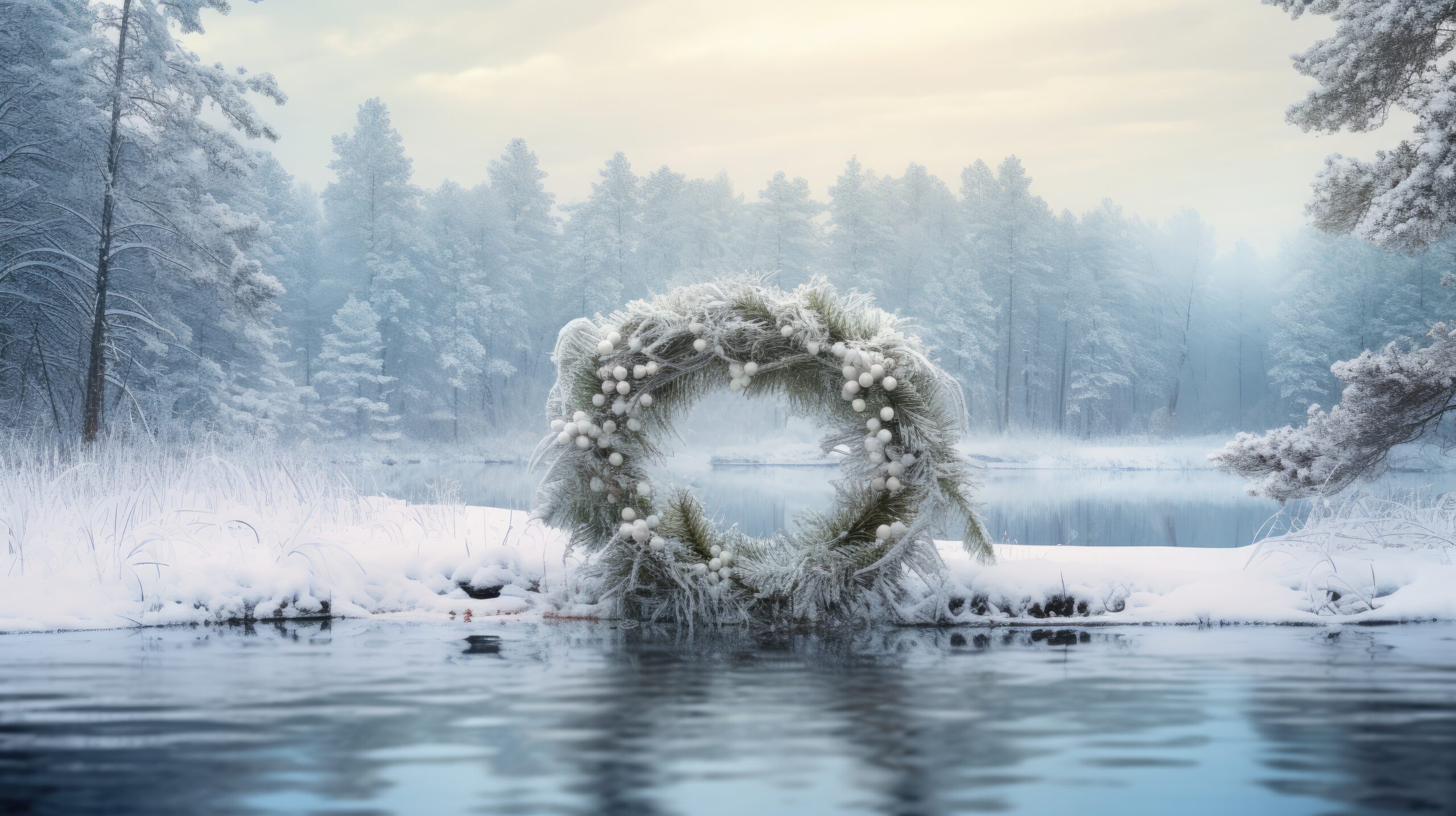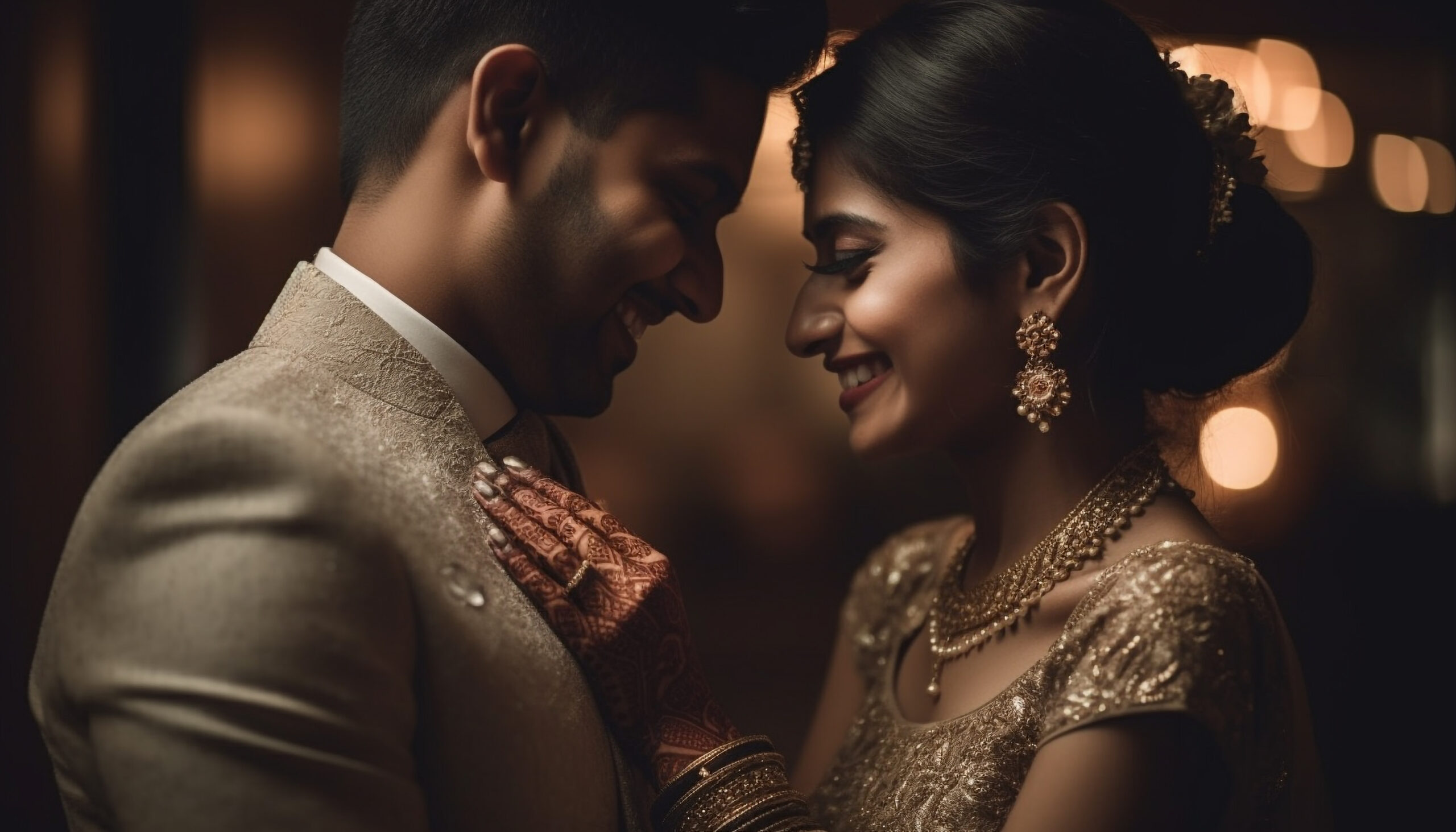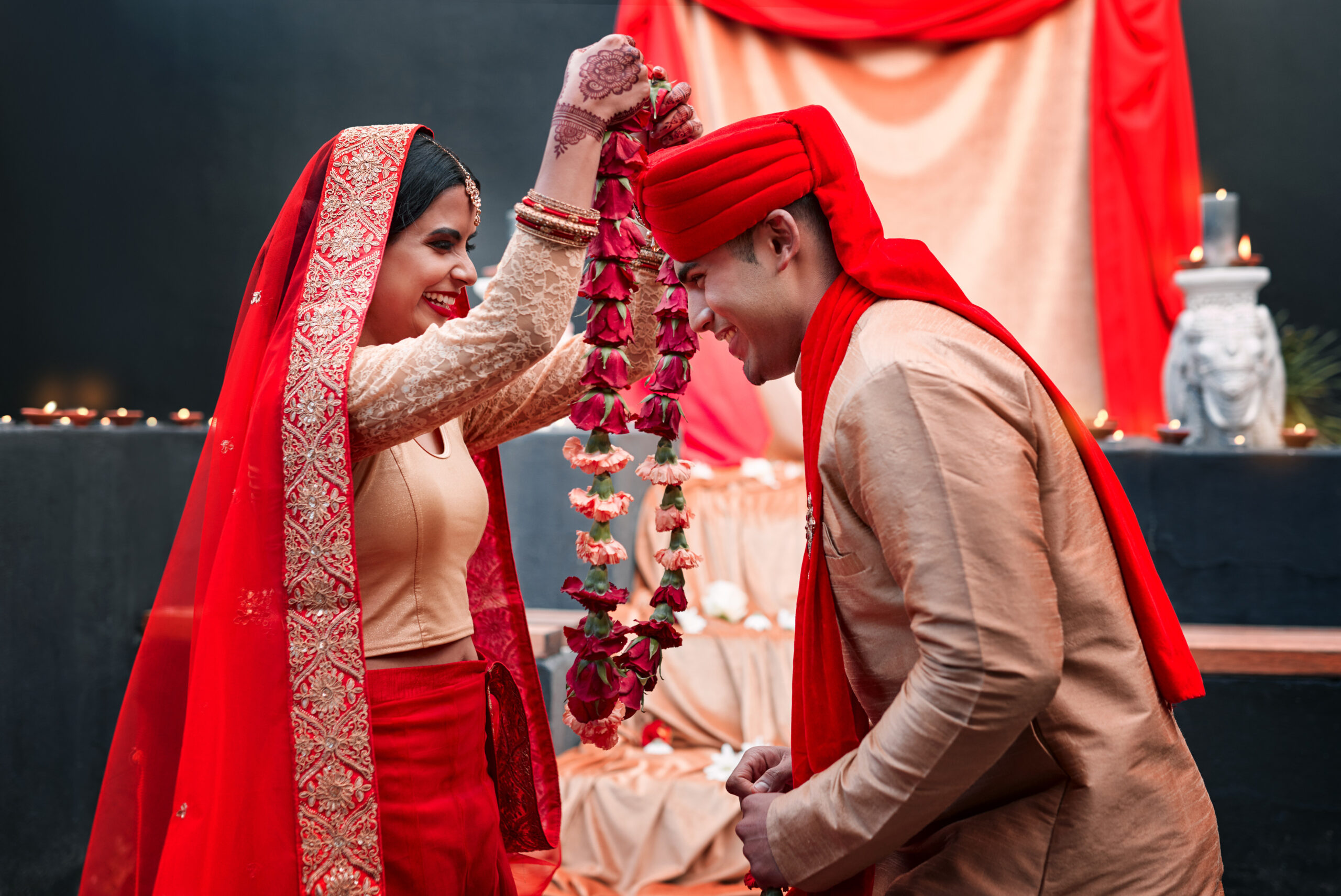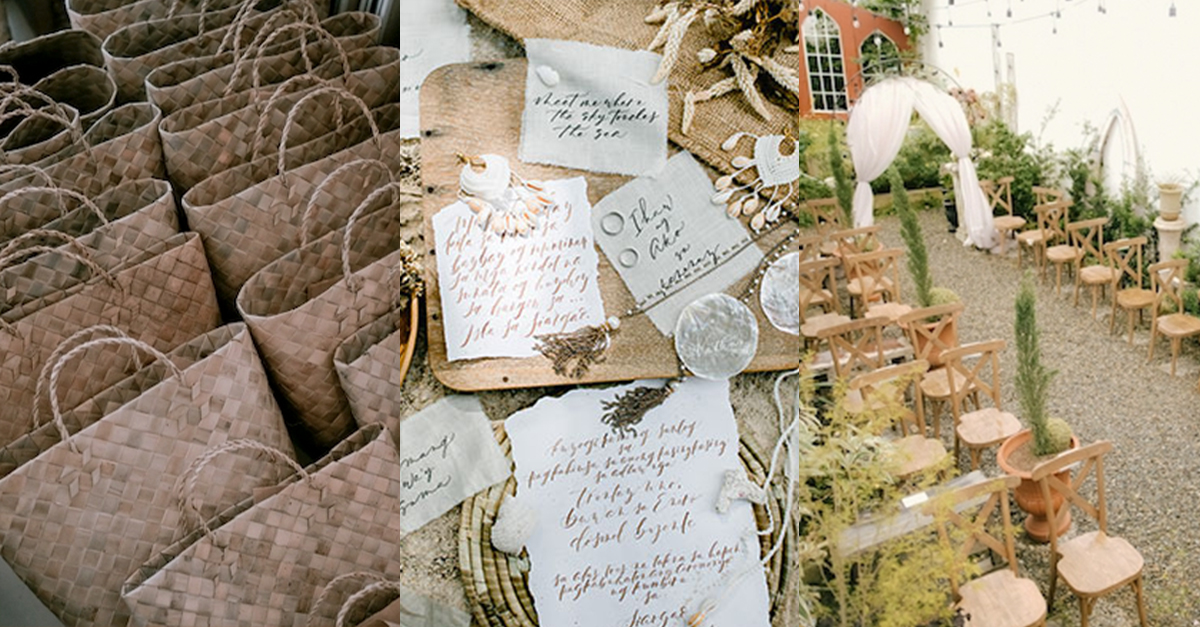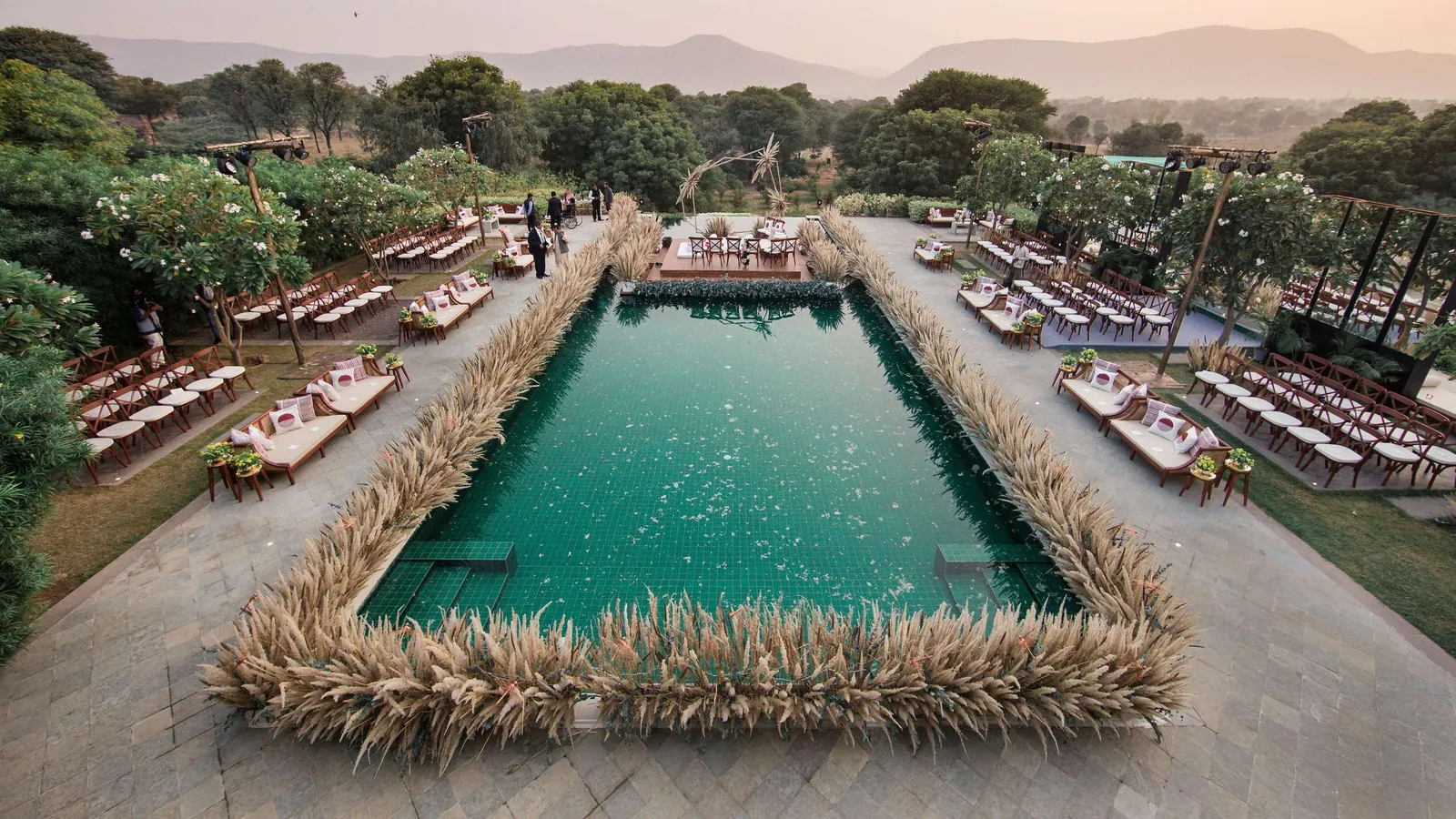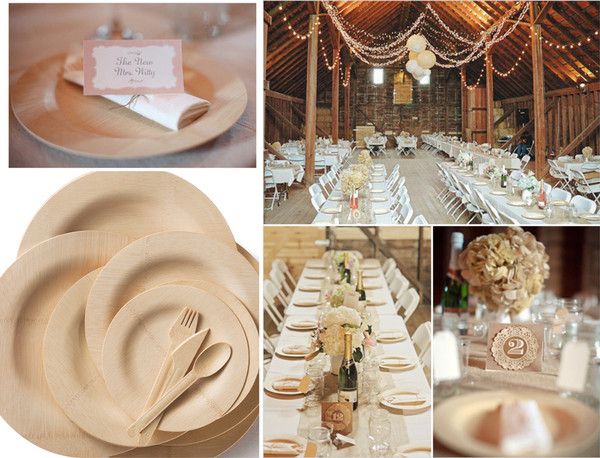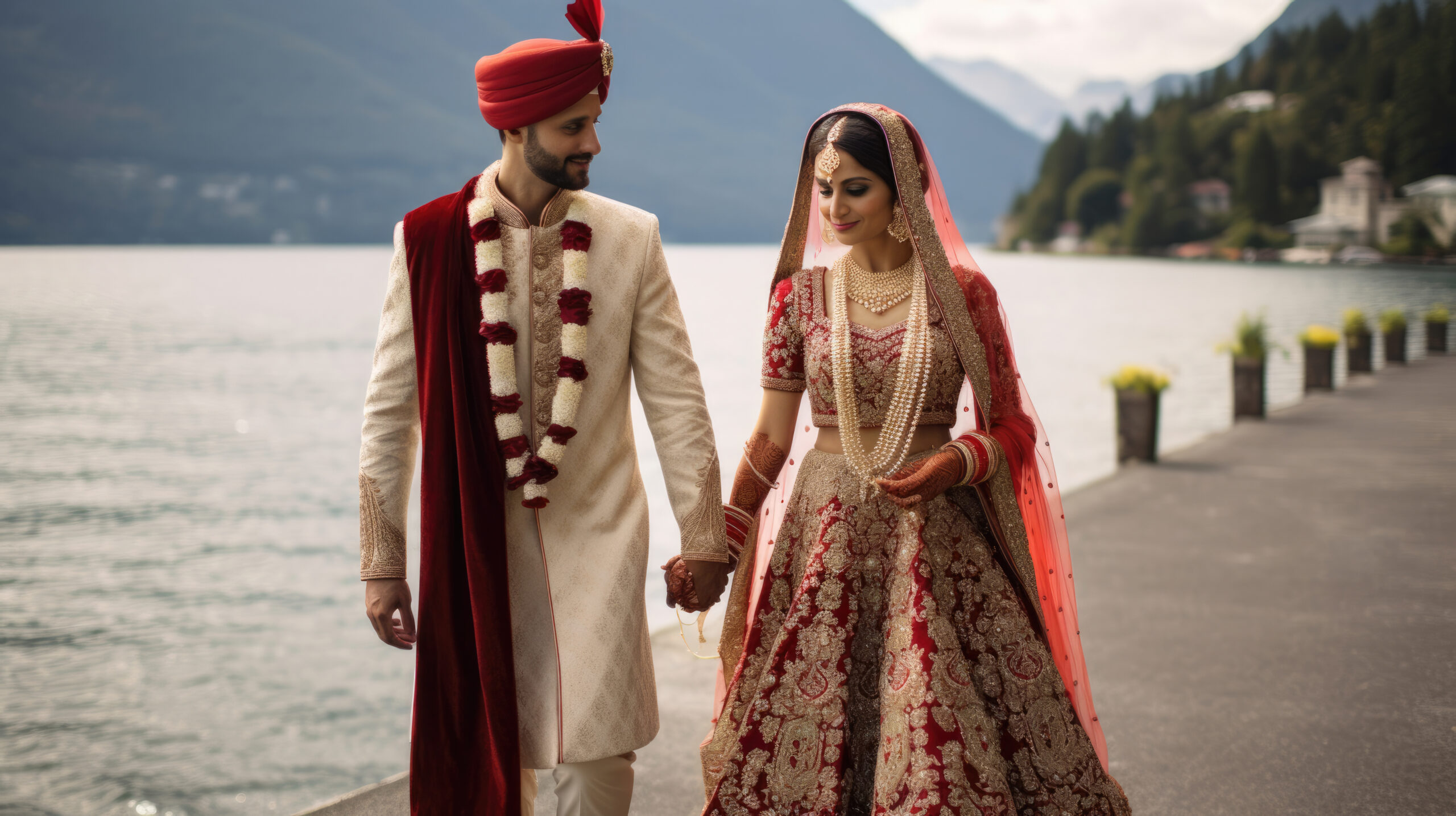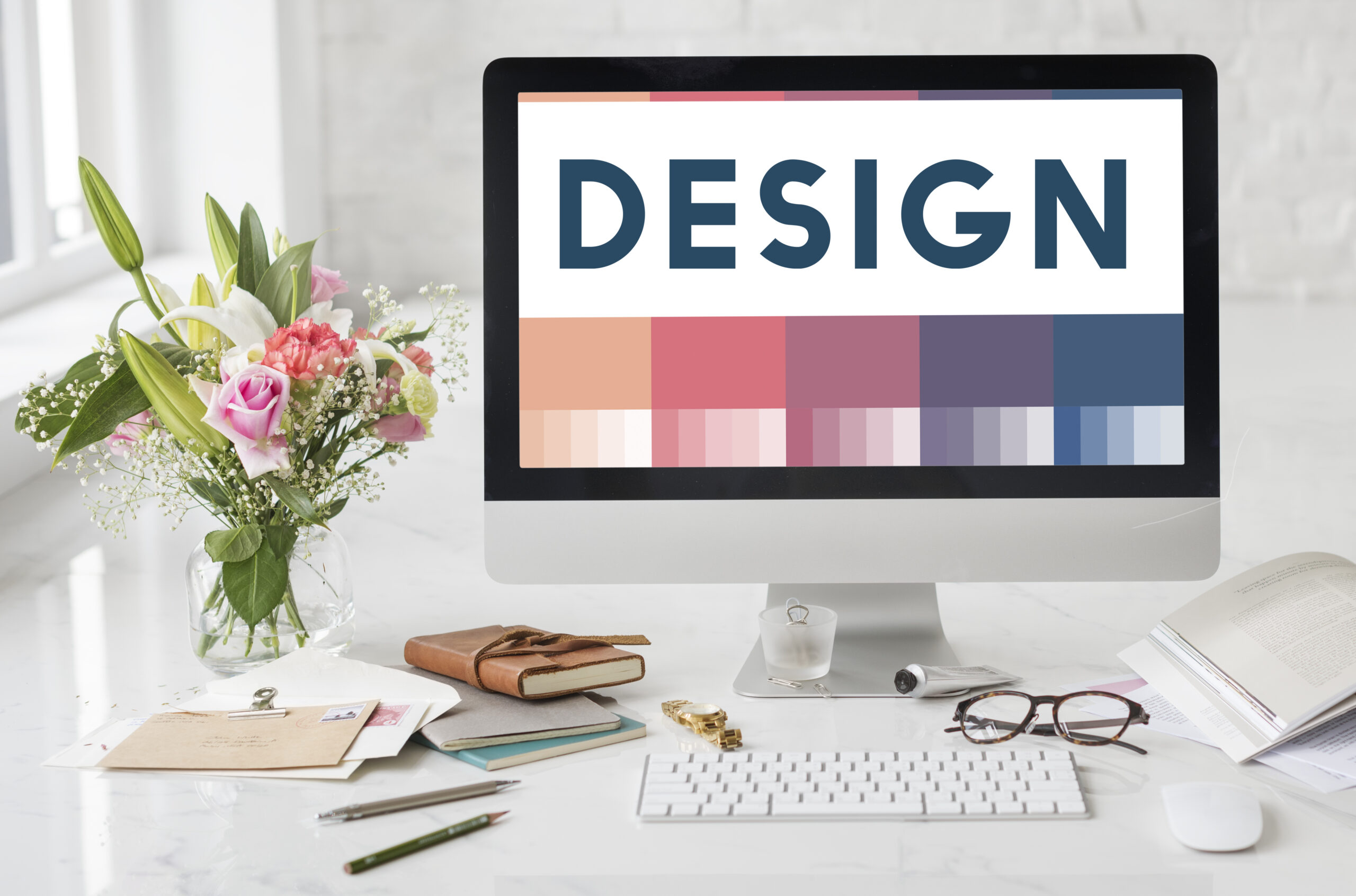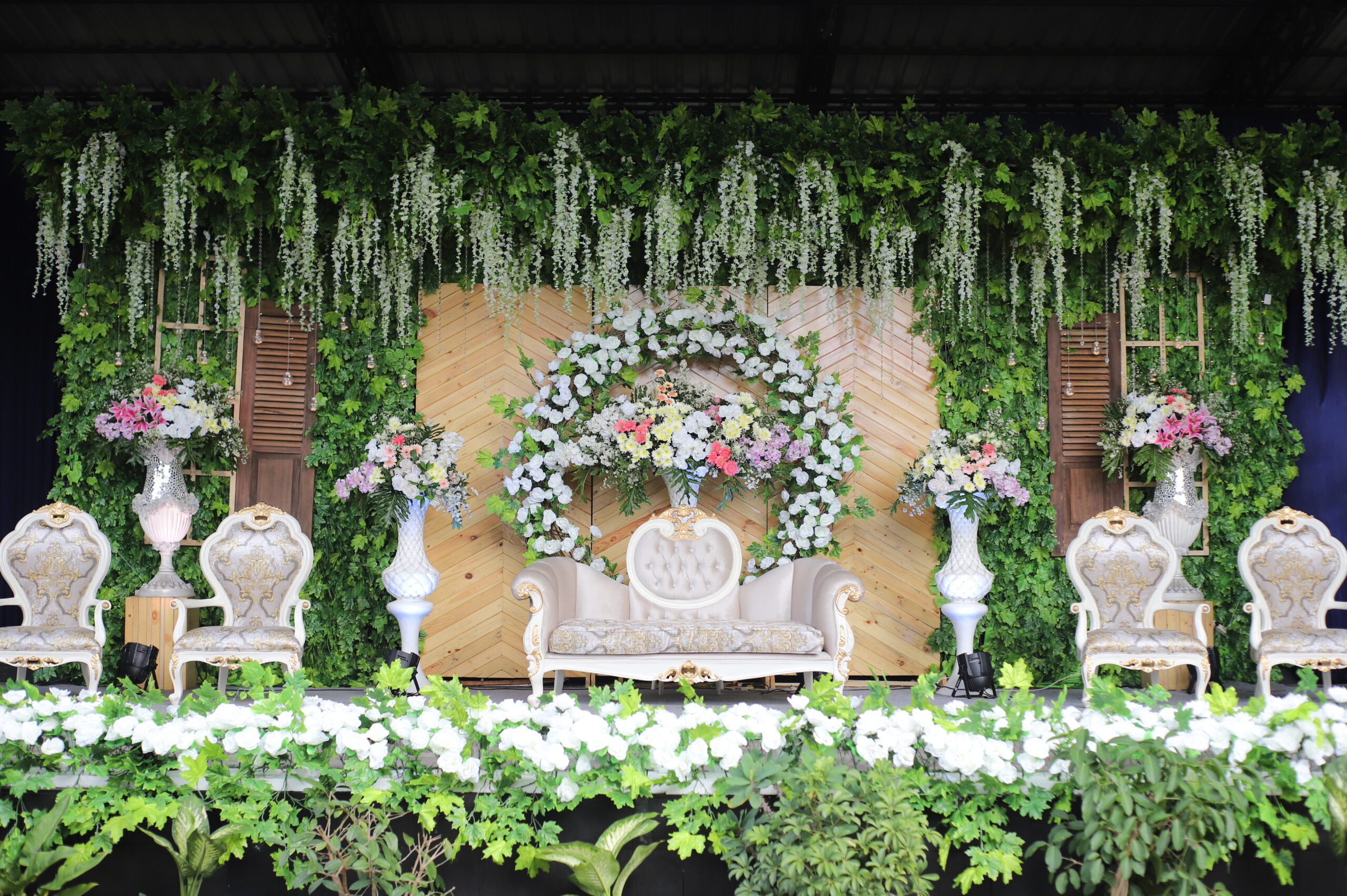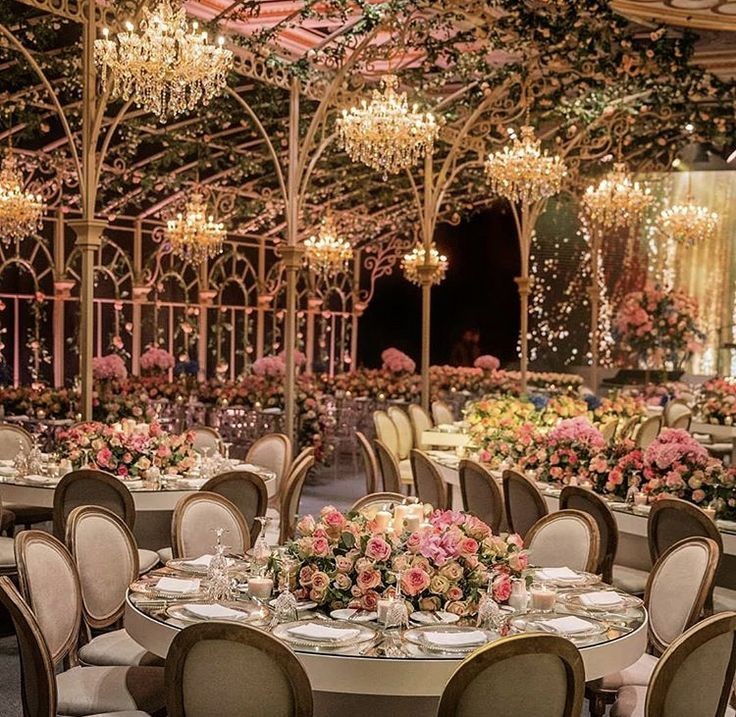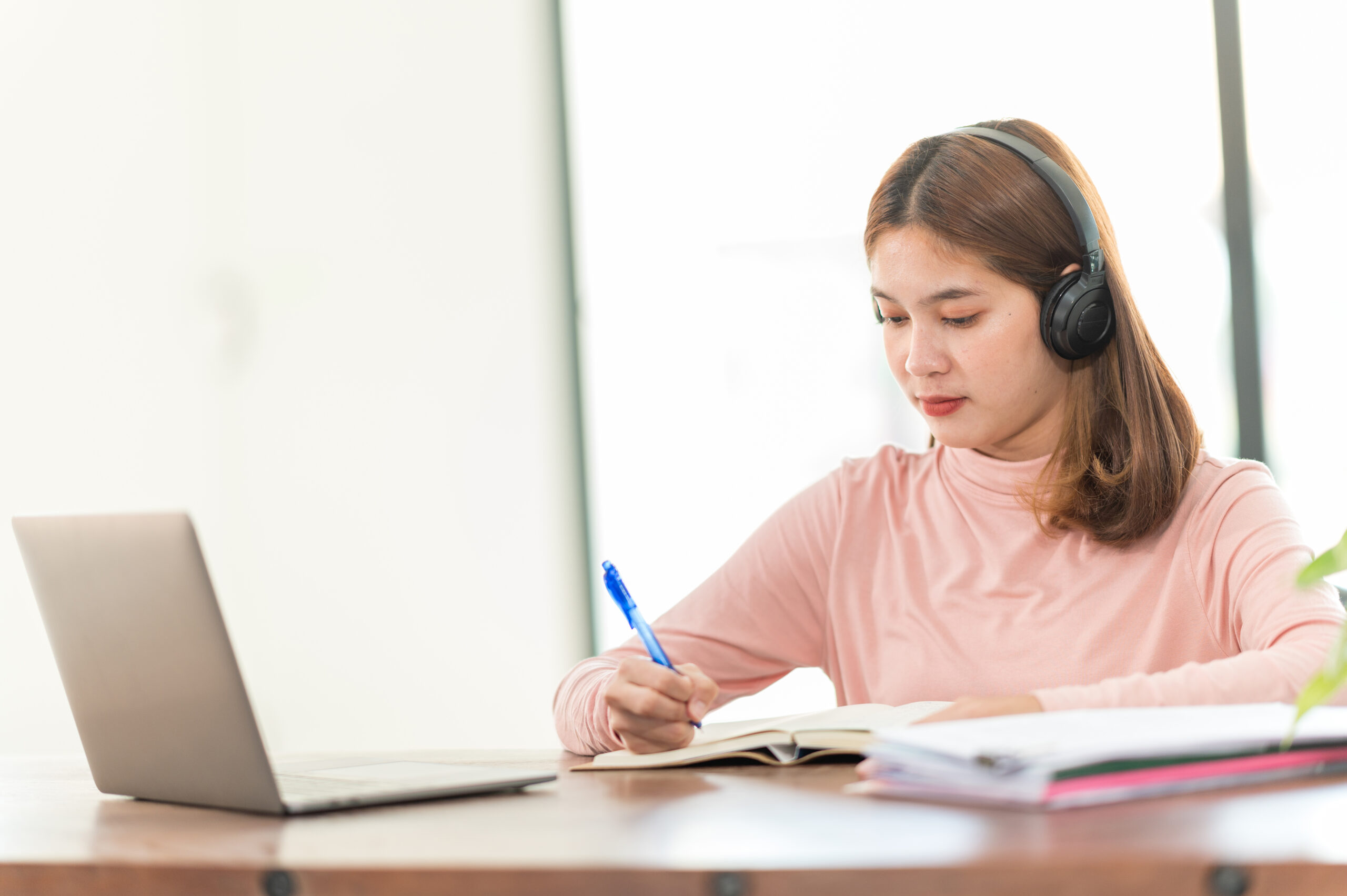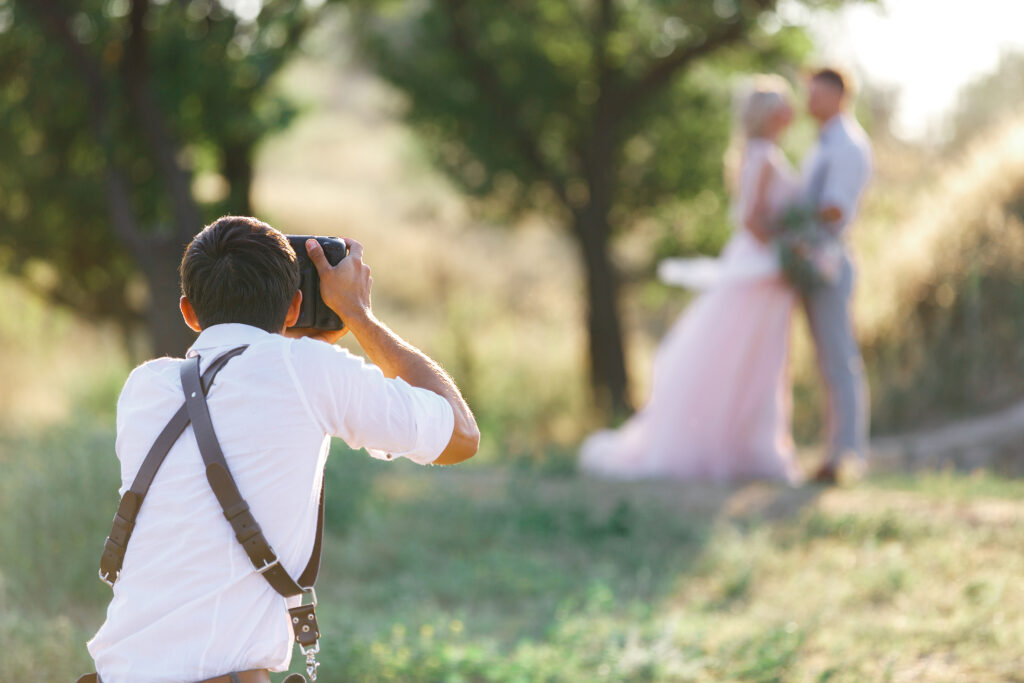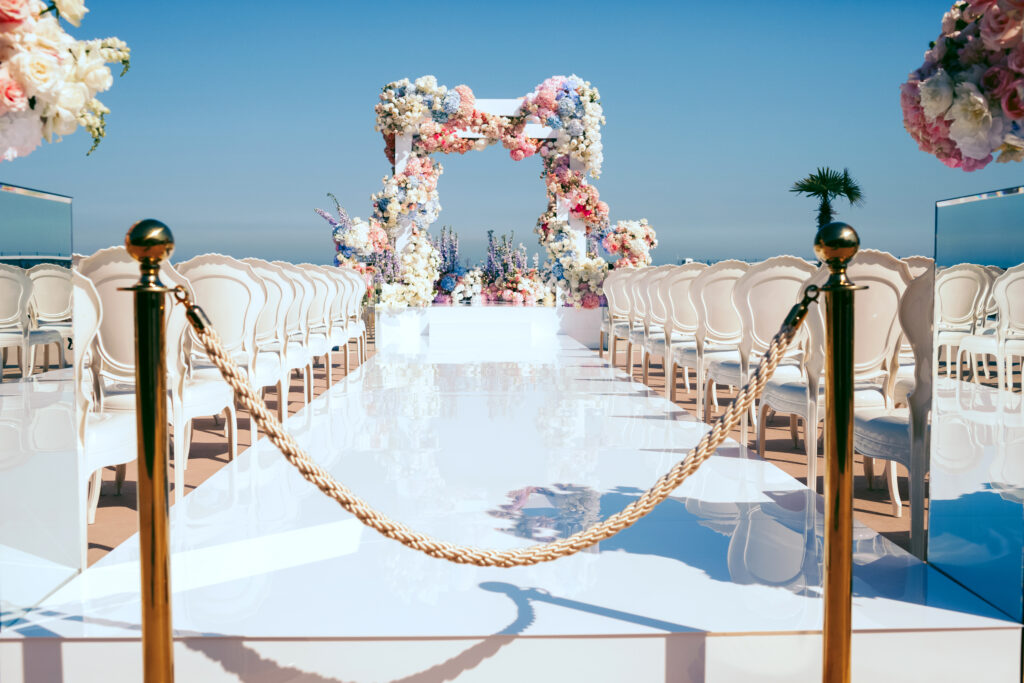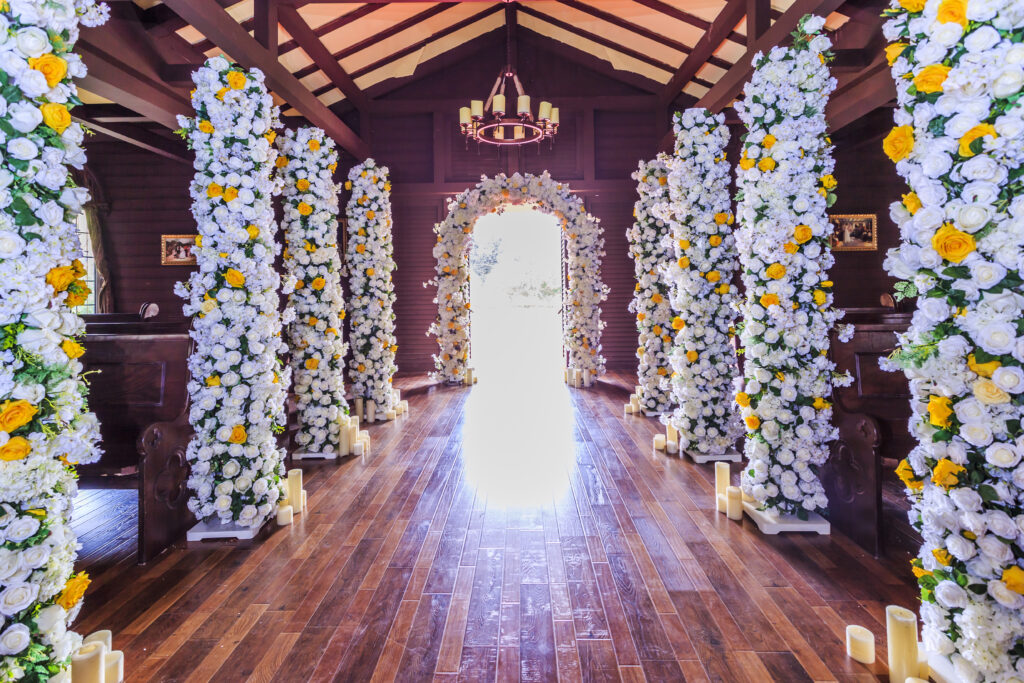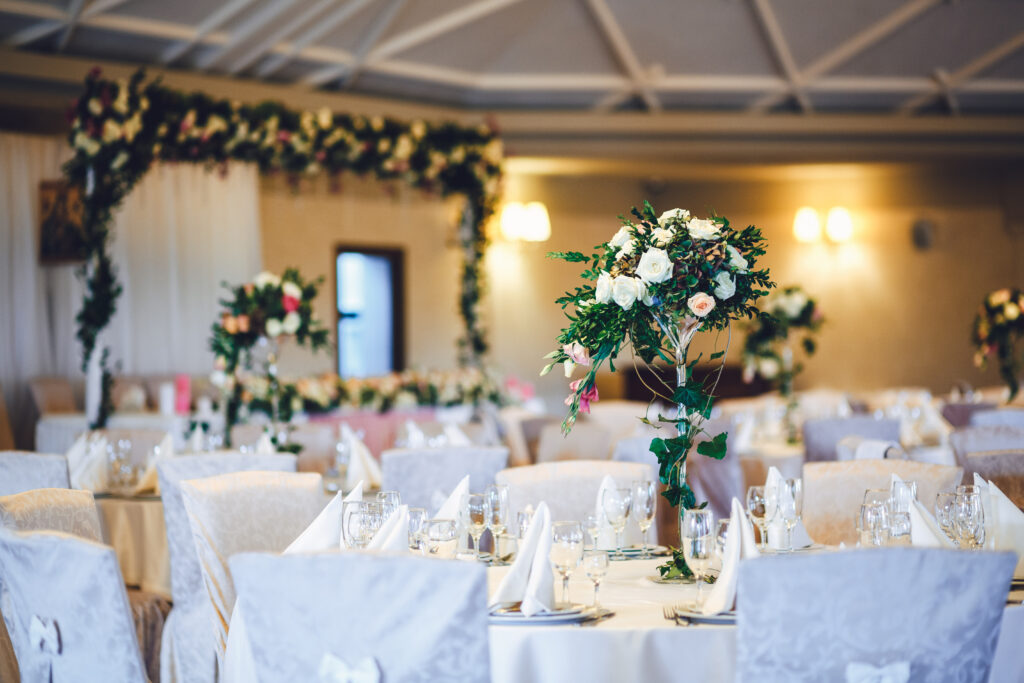Want to build your career as a wedding planner
Winter weddings have a magical allure, and with the right decor, you can transform your special day into an enchanting winter wonderland.
From the lighting to the color palette, there are countless ways to create a cozy atmosphere that will captivate your guests.
In this article, we will explore ten cozy winter wedding decor ideas and inspirations that will leave you and your partner with memories to cherish for a lifetime.
Creating a Winter Wonderland: Key Decor Elements
When it comes to winter wedding decor, there are a few key elements that can truly bring your vision to life. The first is lighting – it plays a crucial role in setting the mood.
Consider opting for soft, warm lighting to create an intimate and cozy ambiance. Candlelight is particularly enchanting, as it casts a romantic glow throughout the venue. Imagine walking into a winter wonderland, where the soft flickering of candles illuminates the room, creating a magical atmosphere. The warm glow dances off the walls, casting a romantic spell on all who enter. The gentle flicker of candlelight adds a touch of enchantment, as if the room is filled with a thousand tiny stars.
Another important consideration is the color palette. Winter weddings often call for deep, rich hues that evoke a sense of warmth. Think deep burgundy, navy blue, and emerald green. These colors not only add depth but also create a sense of elegance and luxury.
Picture a winter wonderland adorned with rich burgundy accents, creating a regal and opulent ambiance. The deep hue adds a touch of drama, reminiscent of a cozy fireplace on a cold winter’s night. Navy blue brings a sense of tranquility and sophistication, while emerald green adds a vibrant pop of color, reminiscent of fresh pine trees covered in snow.
Incorporating natural elements into your decor can also enhance the cozy winter feel. Consider using pinecones, evergreen branches, and even birchwood to bring a touch of nature indoors. These elements add texture and create a rustic yet sophisticated look. Imagine the scent of fresh pine filling the air, as evergreen branches are delicately arranged throughout the venue.
The natural beauty of pinecones adds a touch of whimsy, while birchwood accents bring a sense of warmth and earthiness. These natural elements not only add visual interest but also create a connection to the outdoors, bringing the beauty of nature inside.
Creating a winter wonderland for your wedding is all about the details. From the soft glow of candlelight to the rich hues of burgundy and navy blue, every element works together to create a magical and unforgettable experience.
So, embrace the beauty of winter and let your imagination run wild as you bring your vision to life.
Unique Winter Wedding Decor Ideas
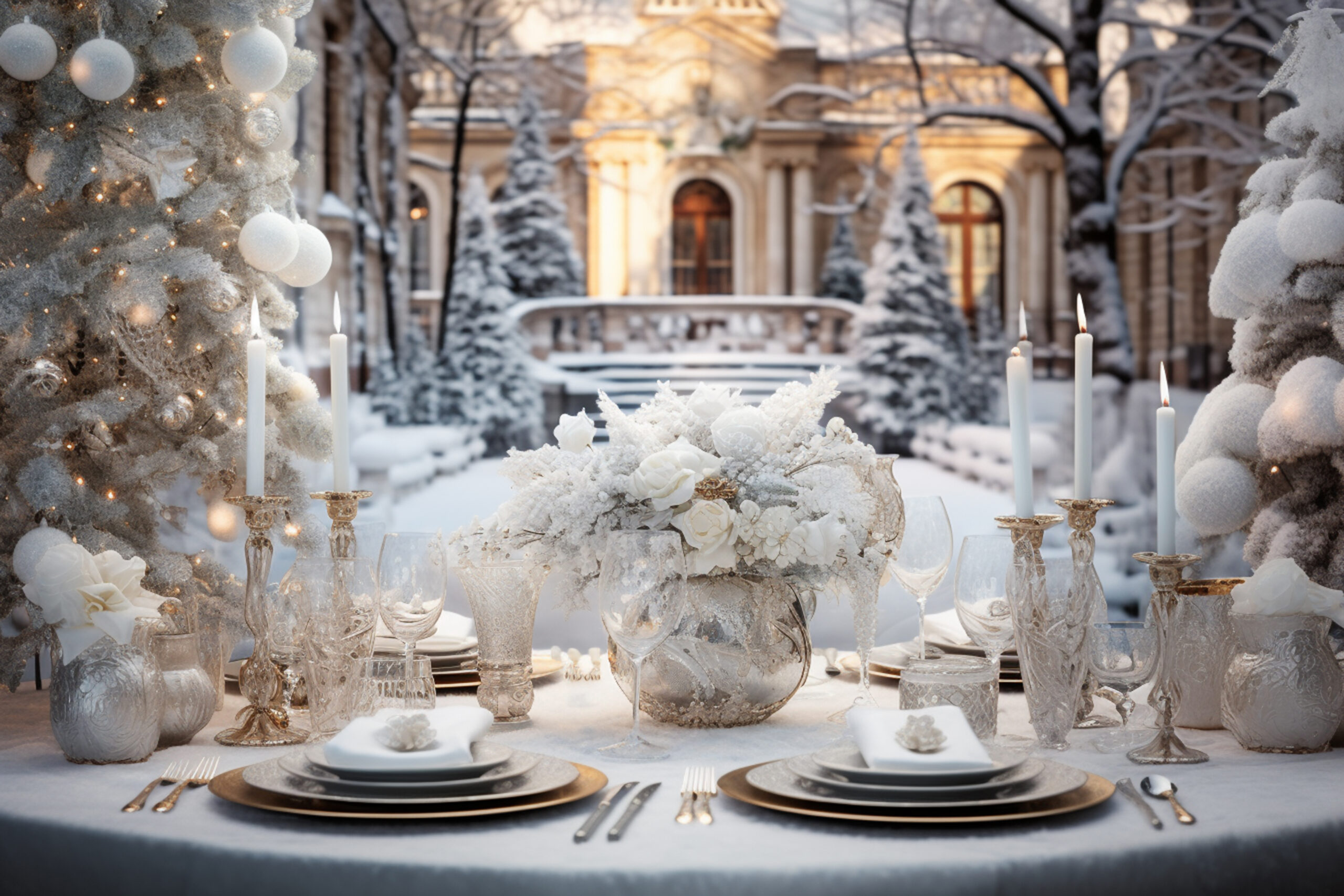
While there are classic decor ideas for winter weddings, don’t be afraid to get creative and add your own unique twist. One idea is to incorporate winter florals into your decor. Blooms like amaryllis, hellebore, and anemone bring a touch of elegance and beauty. Arrange them in stunning bouquets or use them as eye-catching centerpieces.
Imagine walking into a winter wonderland, where the air is filled with the delicate scent of amaryllis and the sight of hellebore and anemone blooms captivate your guests. The rich reds, deep purples, and crisp whites of these winter florals create a striking contrast against the white backdrop of the season. Each bouquet is carefully crafted, with the petals delicately arranged to create a visual masterpiece that will leave everyone in awe.
Candles and lanterns are another fantastic way to add warmth and charm to your winter wedding. Place them strategically throughout the venue to create a romantic and intimate atmosphere.
You can even opt for scented candles to infuse the space with a subtle fragrance. As the sun sets and the winter night takes hold, the soft glow of candlelight dances across the room, casting a warm and inviting ambiance. The flickering flames create a sense of enchantment, as if you have stepped into a fairytale. The gentle scent of vanilla and cinnamon fills the air, evoking memories of cozy winter evenings spent by the fire. The combination of candlelight and fragrance creates a sensory experience that will leave a lasting impression on your guests.
To truly embrace the colder season, consider incorporating textiles for warmth and comfort. Faux fur throws, velvet cushions, and plush rugs can instantly create a cozy ambiance. These textures not only add comfort but also create a welcoming and luxurious environment. Imagine sinking your feet into a plush rug, feeling the softness and warmth enveloping you as you take your first dance as a married couple.
The touch of velvet cushions against your skin as you sit down to enjoy a delicious winter feast. The faux fur throws draped over the chairs, inviting your guests to snuggle up and stay cozy throughout the evening. These luxurious textiles not only add a touch of opulence but also provide a practical solution to combat the chill of the winter air.
Transforming Your Venue into a Cozy Winter Haven
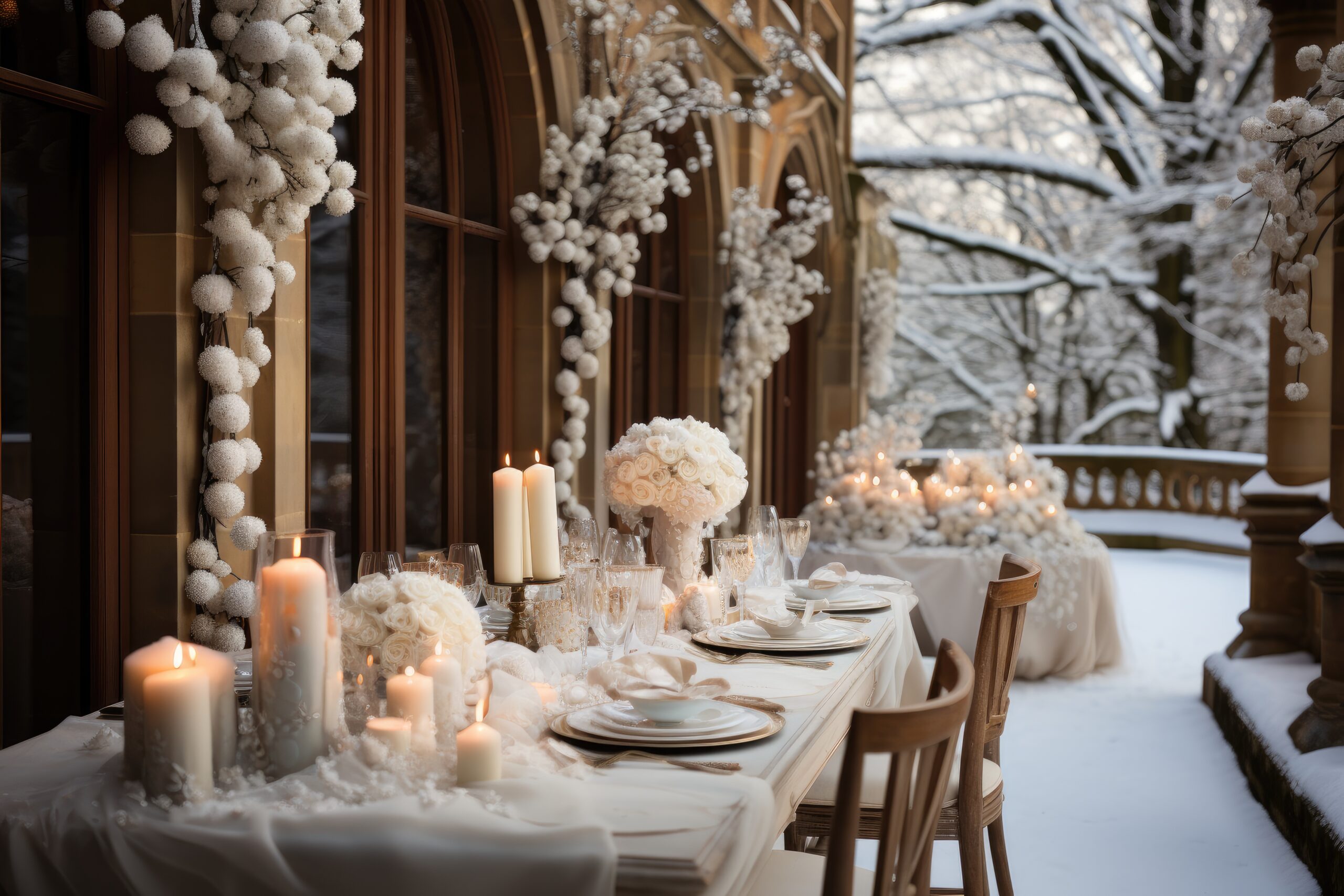
The ceremony space sets the tone for your entire wedding day. Consider adding a touch of winter wonder to the surroundings.
String fairy lights overhead or create an archway adorned with intertwined branches and twinkling lights. These elements will make you feel like you’re exchanging vows in a winter wonderland.
Imagine walking down the aisle, surrounded by the soft glow of fairy lights twinkling above you. The branches of the archway create a whimsical and enchanting atmosphere, as if you’ve stepped into a magical forest.
The delicate lights dance and shimmer, casting a warm and romantic glow on you and your partner as you say your vows.
When it comes to the reception, there are several ways to create a cozy atmosphere. Start by incorporating warm and inviting colors into your table settings.
Use deep-hued linens, such as rich burgundy or deep navy, to create a sense of warmth and elegance. These colors will instantly make your guests feel cozy and comfortable.
Picture your guests seated at tables adorned with luxurious linens in deep, inviting colors. The rich burgundy tablecloths create a sense of warmth and intimacy, while the silver accents add a touch of elegance.
The combination of colors creates a visually stunning display that is both inviting and sophisticated.
Another idea is to use candles as the focal point of your table decor. Place them in hurricane vases or elegant candelabras. The soft flickering light creates a warm and intimate ambiance that is perfect for a winter wedding.
You can even add some sparkle with glittering candle holders or crystal accents, adding a touch of glamour to your reception. Imagine the soft glow of candlelight illuminating the room, casting a warm and inviting glow on your guests. The flickering flames create a cozy and intimate atmosphere, as if everyone is gathered around a fireplace on a cold winter’s night.
The glittering candle holders and crystal accents add a touch of glamour and sophistication, making your reception feel like a luxurious winter retreat.
Final Touches to Enhance the Winter Wedding Experience
As a token of appreciation, consider offering winter-inspired wedding favors to your guests. Think mini hot chocolate kits with marshmallows or personalized ornaments that they can hang on their Christmas trees.
These thoughtful gestures will leave a lasting impression and remind your loved ones of the beautiful memories created.
No winter wedding is complete without comfort food and drinks. Consider serving warm apple cider or mulled wine as your signature drink.
For comfort food, think hearty soups or comforting dishes like braised short ribs. These culinary delights will keep your guests warm and cozy throughout the celebration.
Additionally, you can take the winter wedding experience to the next level by incorporating seasonal decorations that evoke a sense of enchantment. Imagine twinkling fairy lights hanging from the ceiling, transforming the venue into a starlit wonderland.
Adorn the tables with elegant centerpieces featuring winter blooms such as white roses, pinecones, and silver accents. These small details will add a touch of magic to your special day.
Furthermore, consider adding a touch of winter whimsy to your wedding attire. A faux fur stole or capelet can add a luxurious and cozy element to your bridal look.
For the groom and groomsmen, consider stylish velvet blazers or wool suits in deep, rich colors. These fashion choices will not only keep you warm but also add an element of sophistication to your winter wedding ensemble.
Lastly, ensure the utmost comfort of your guests by providing cozy blankets or wraps. Set up a designated area where they can grab a blanket and snuggle up. This small gesture shows your thoughtfulness and care for their well-being.
Embracing the winter season for your wedding is an opportunity to create a truly magical and cozy atmosphere. By incorporating these ideas into your decor, you can transform your venue into a winter wonderland that will warm the hearts of everyone in attendance. So embrace the beauty of the season and let the magic unfold on your special day.
FAQs
Q1. What are the Best Lighting Options for a Winter Wedding?
Soft, warm lighting is ideal for creating a cozy and intimate atmosphere at a winter wedding. Candlelight is particularly effective, as it provides a romantic glow. Fairy lights and lanterns can also add to the magical winter wonderland feel.
Q2. Can I Incorporate Natural Elements in My Wedding Decor?
Absolutely! Natural elements like pinecones, evergreen branches, and birchwood can enhance the cozy winter ambiance. They add texture and a rustic sophistication to your decor, while also bringing a touch of nature indoors.
Q3. What are Some Cozy Touches for Winter Wedding Receptions?
Use warm-colored linens and candles as the focal point of your table decor. Introducing textures like faux fur throws, velvet cushions, and plush rugs can also create a welcoming and luxurious environment.
Q4. What are Unique Winter Floral Choices for Wedding Decor?
Flowers like amaryllis, hellebore, and anemones are excellent for winter weddings. Their rich colors and elegant forms make stunning bouquets and centrepieces, adding a unique and beautiful touch to your decor.
Q5. How Can I Choose a Color Palette for My Winter Wedding?
For a winter wedding, consider deep, rich hues like burgundy, navy blue, and emerald green. These colors evoke warmth and elegance. You can complement them with lighter accents like silver or gold for a festive touch.

